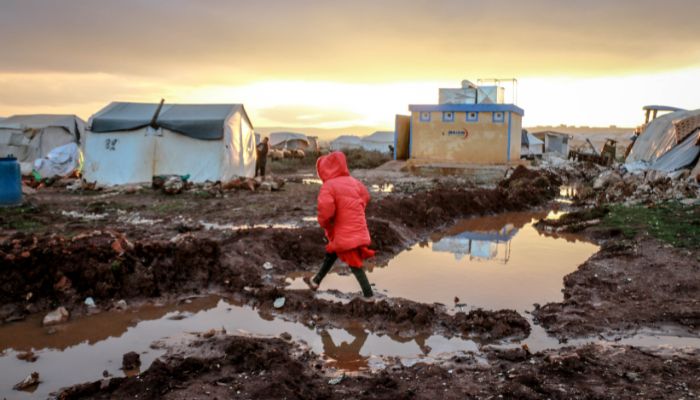A beautiful yard isn’t just about plants and design — it also depends on how well your property manages water. Poor landscape drainage can lead to soil erosion, dying grass, foundation damage, and even pest issues. The good news? With a little observation and guidance from drainage experts and contractors, you can spot problems early and prevent costly repairs.
Common Signs of Poor Landscape Drainage
1. Standing Water
If puddles linger for more than 24 hours after rain, your yard may not be absorbing water correctly.
2. Soil Erosion
Look for washed-out areas near driveways, walkways, or garden beds — a clear red flag.
3. Basement or Crawl Space Moisture
Water seeping inside often starts with landscape drainage issues outside.
4. Unhealthy Plants
Yellowing grass, drooping shrubs, or drowning flower beds can signal oversaturation.
5. Mosquito Breeding
Persistent water pools can quickly become a health hazard.
How to Diagnose Landscape Drainage Problems
1. Check Grading and Slopes
After a rainfall, observe how water flows. If it runs toward the house instead of away, grading may be the issue.
2. Soil Drainage Test
Dig a small hole, fill it with water, and see how long it takes to drain. Slow absorption points to compacted or clay-heavy soil.
3. Inspect Gutters and Downspouts
Clogged or poorly positioned gutters can push water directly into your yard.
4. Foundation Check
Cracks or damp basement walls may mean your yard isn’t handling water properly.
This is where landscape drainage solutions come into play — from simple adjustments to engineered systems that keep your yard safe.
When to Call the Experts
While homeowners can spot symptoms, solving drainage problems often requires professional help. Local drainage contractors and experts use tools like grading equipment, cameras, and soil analysis to pinpoint the root cause. They not only fix current issues but also design long-term systems that adapt to local soil and weather.
Practical Fixes for Poor Drainage
-
Re-grading lawns to redirect water
-
Installing French drains or catch basins to channel excess runoff
-
Building rain gardens or dry wells for eco-friendly solutions
-
Using permeable pavers on driveways to reduce standing water
These upgrades prevent water from pooling and keep your yard healthy year-round.
Local Focus: Jacksonville, FL
Jacksonville homeowners face unique drainage challenges due to sandy soils and seasonal storms. Partnering with local drainage service providers ensures that solutions are designed for Florida’s climate. Contractors familiar with the region can recommend affordable fixes that truly last.
Final Thoughts
Poor landscape drainage doesn’t just affect your lawn — it impacts your home’s safety, comfort, and value. By spotting early warning signs and working with skilled experts, you can protect your property from long-term water damage.
If you’ve noticed soggy spots, erosion, or water pooling, don’t wait. Reach out to trusted local drainage contractors to inspect your yard and design the right solution.
FAQs
Can poor drainage damage a home’s foundation?
Yes. When water consistently pools near the foundation, it can seep into basements or crawl spaces, weaken structural integrity, and cause cracks in foundation walls.
What are the best solutions for fixing poor landscape drainage?
Depending on the property, solutions may include re-grading the yard, installing French drains, catch basins, rain gardens, dry wells, or permeable pavers to redirect and absorb excess water.
